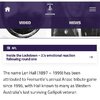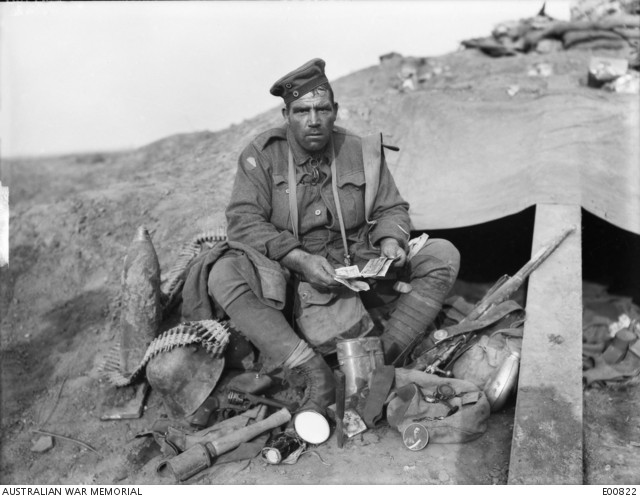shintemaster
Brownlow Medallist
I don’t know, it says to me it’s based on expected crowd numbers and success which kind of go hand in hand. If we had 30 attendees at every game they would schedule the game at a suitable venue even if it was a Geelong home game.
It's got nothing to do with that. It is just another leg up from the AFL to its favourites and cash cows.










